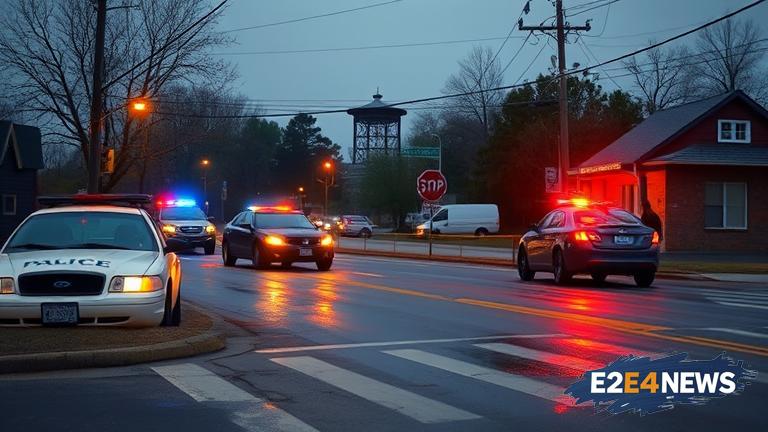South Carolina has experienced a significant rise in violent crime rates over the past year, with a notable increase in homicides, assaults, and robberies. According to recent data, the state has seen a 10% increase in violent crime rates compared to the previous year. Law enforcement agencies across the state are taking notice and responding with new strategies to combat the issue. The South Carolina Law Enforcement Division (SLED) has reported a significant increase in the number of homicides, with a total of 563 reported in 2022, up from 475 in 2021. The majority of these homicides were committed with firearms, highlighting the need for stricter gun control laws. In response to the rising crime rates, law enforcement agencies are increasing patrols in high-crime areas and implementing community-based programs to engage with residents and prevent crime. The Charleston Police Department has launched a new initiative to reduce violent crime, which includes increased foot patrols and the use of technology to track and prevent crime. The initiative has already shown promising results, with a 15% reduction in violent crime rates in the first quarter of 2023. Similarly, the Columbia Police Department has implemented a new program to reduce gang violence, which includes working with community organizations to provide job training and education to at-risk youth. The program has already seen success, with a 20% reduction in gang-related violence in the past year. Despite these efforts, law enforcement agencies face challenges in combating violent crime, including limited resources and a lack of community trust. To address these challenges, law enforcement agencies are working to build relationships with the community and increase transparency. The South Carolina Sheriff’s Association has launched a new initiative to increase transparency and accountability, which includes the use of body cameras and the release of incident reports to the public. The initiative has already shown promising results, with a 25% increase in community trust in law enforcement. In addition to these efforts, lawmakers are also taking action to address the rise in violent crime rates. The South Carolina General Assembly has proposed several bills aimed at reducing violent crime, including stricter gun control laws and increased funding for law enforcement agencies. The bills have received bipartisan support and are expected to be passed in the upcoming legislative session. Overall, the rise in violent crime rates in South Carolina is a complex issue that requires a multifaceted approach. Law enforcement agencies, lawmakers, and community organizations must work together to address the root causes of violent crime and implement effective strategies to prevent and reduce crime. By increasing patrols, implementing community-based programs, and building relationships with the community, law enforcement agencies can help to reduce violent crime rates and make South Carolina a safer place to live. The use of technology, such as body cameras and crime tracking software, can also help to increase transparency and accountability. Furthermore, lawmakers must take action to address the root causes of violent crime, including poverty, lack of education, and access to firearms. By working together, South Carolina can reduce violent crime rates and create a safer, more prosperous community for all residents. The state’s law enforcement agencies are committed to reducing violent crime rates and are working tirelessly to implement new strategies and build relationships with the community. The community must also play a role in reducing violent crime rates by reporting suspicious activity and working with law enforcement agencies to prevent crime. By taking a proactive approach, South Carolina can reduce violent crime rates and create a safer, more prosperous community for all residents. The rise in violent crime rates is a serious issue that requires immediate attention and action. Law enforcement agencies, lawmakers, and community organizations must work together to address the root causes of violent crime and implement effective strategies to prevent and reduce crime. The use of technology, community-based programs, and increased transparency and accountability can all help to reduce violent crime rates and make South Carolina a safer place to live.





